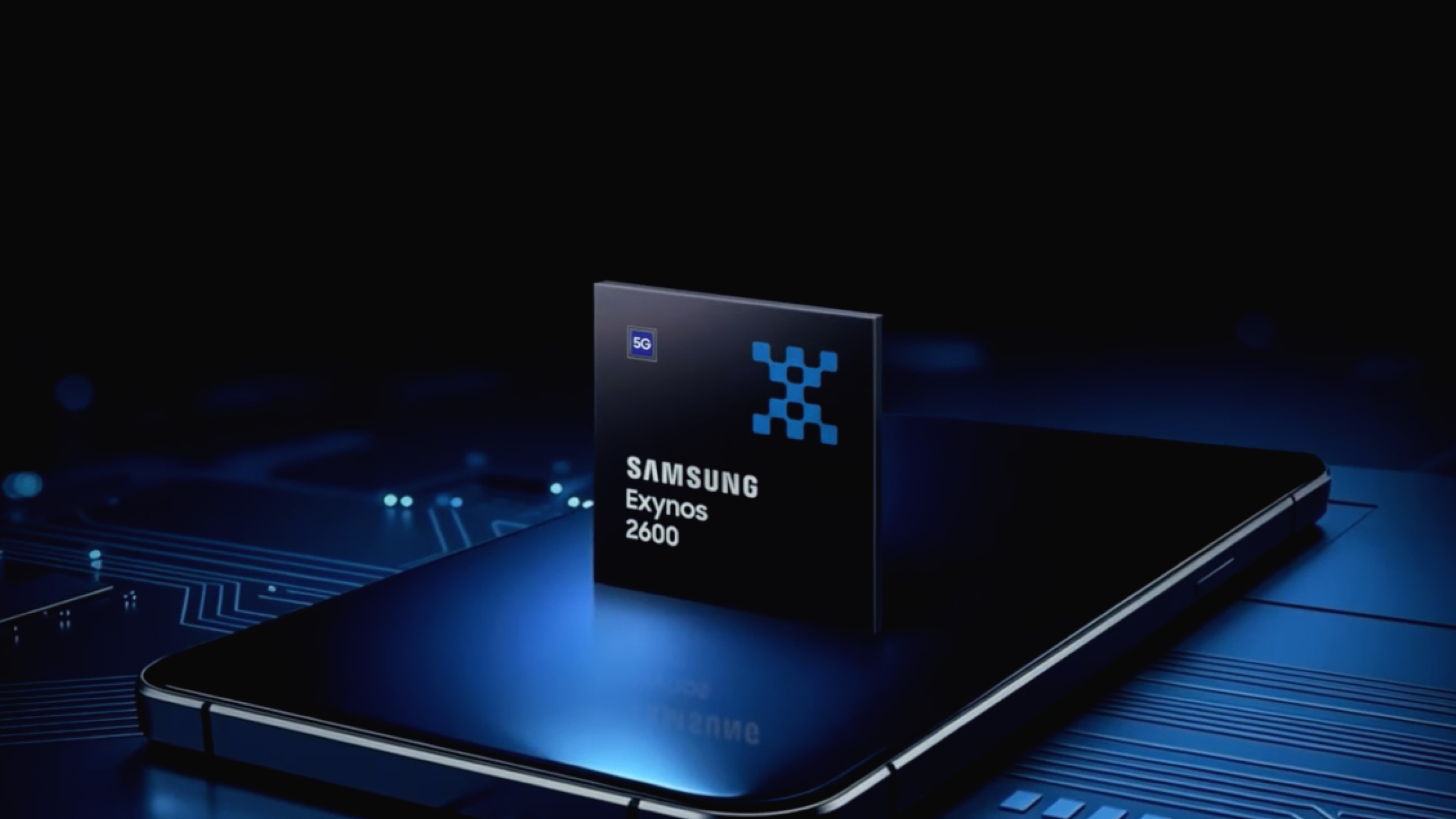Google Beam turns 2D video calls into futuristic 3D experiences
Giving users the sense that they're together in person.

What you need to know
- Google announced a new video conferencing platform at I/O 2025, called Google Beam.
- This AI-powered 3D video conferencing platform has evolved from Project Starline, which was launched in 2021.
- Google Beam will also include a feature called "Speech Translation," an AI-powered feature that instantly translates different languages in real time during the call.
- This video calling platform helps users create more "meaningful connections" between participants.
During Google I/O today (May 20), the tech giant announced a new video conferencing platform called Google Beam.
It's being built on Google's Project Starline, launched during the 2021 I/O conference. This enabled people to have remote conversations that felt more like face-to-face interactions. Google is taking this "Magic window" concept of seeing another person, in life-size, three dimensions, right in front of you, and turning it into an AI-powered experience.
In its press release, Google noted that it will use AI to power a new generation of devices that will allow people to have meaningful conversations even though they're remote.
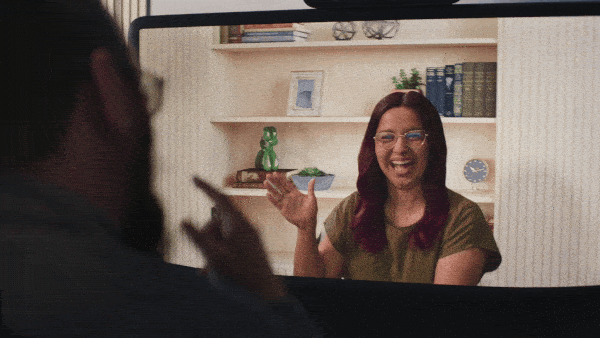
Google Beam aims to transform regular 2D video calls into more realistic 3D experiences. Essentially, what this means is that the platform will use the AI tech and special light field displays, multiple cameras, as seen in Project Starline, to build a live, detailed, 3D digital copy for the user.
That copy is then displayed to the person on the other side, using the same special light field display. This screen sends different light rays to each eye, creating the illusion of depth and volume without the need for special glasses or headsets. So Google Beam will make it seem like the 3D copy of the other person is actually "there" in the room with you.
"This is what allows you to make eye contact, read subtle cues, and build understanding and trust, as if you were face to face," Google added.
Furthermore, this video conferencing platform is built on Google Cloud, just like Project Starline. The Cloud will do most of the heavy lifting for Google Beam. It will help the platform process these AI-powered 3D images and transmit them in real time to the person on the other end of the call, allowing for a seamless flow of 3D communication that seems more natural.
Get the latest news from Android Central, your trusted companion in the world of Android
Real time speech translation

Along with Google Beam, the company is launching a real-time speech translation feature that allows people to speak freely, despite having language barriers.
This feature will let you have "near real-time translated conversations, while maintaining the voice, tone, and expressions" within the speech. For instance, if two people on a call speak different languages, such as French and English, each person can speak in their preferred language, and Google Beam will then translate the audio in real time.
Additionally, Google isn't restricting this feature just to Google Beam; it is expanding the real-time translation to Google Meet, starting today. Users on Meet can enable the live translation feature to have seamless conversations during meetings.
The speech translation feature is available to users subscribed to Google AI Pro and Ultra plans in beta. It will initially only translate English and Spanish, but more languages are expected to be added soon.
Google Beam in Workplaces
Last year, Google announced that it would be integrating Project Starline into other video conferencing apps, and it will be doing the same thing with Google Beam.
This 3D video conferencing platform has been tested in Google's workspaces for years, and they're now expanding it to other companies, including Deloitte, Salesforce, Duolingo, NEC, Citadel, and more.
"Deloitte is excited about Google Beam as a groundbreaking, innovative step in human connection in the digital age. Our teams and clients confirm this solution is not just a technological breakthrough but a reimagining of how we connect," said Angel Ayala, managing director of Deloitte Consulting LLP.
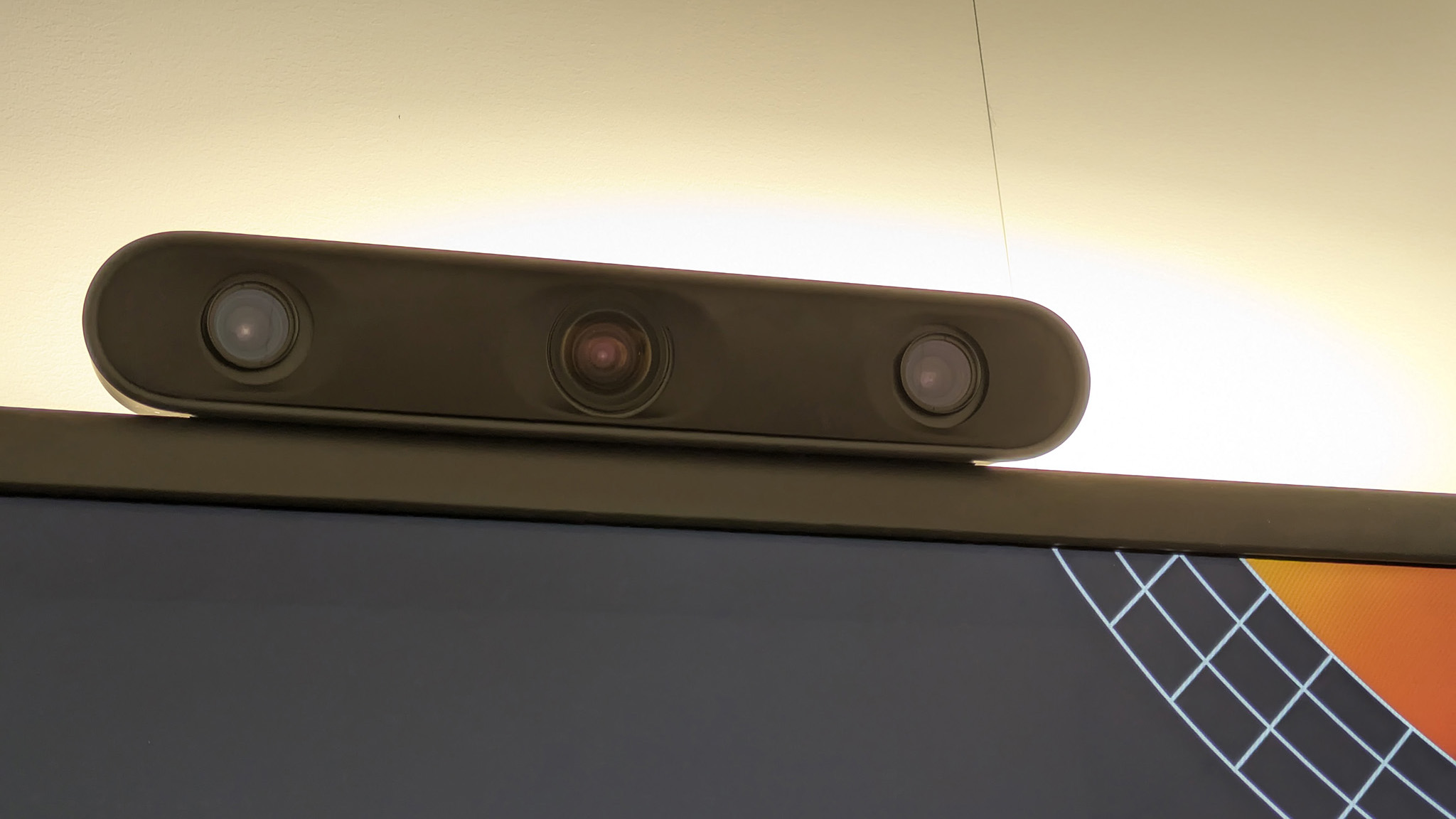
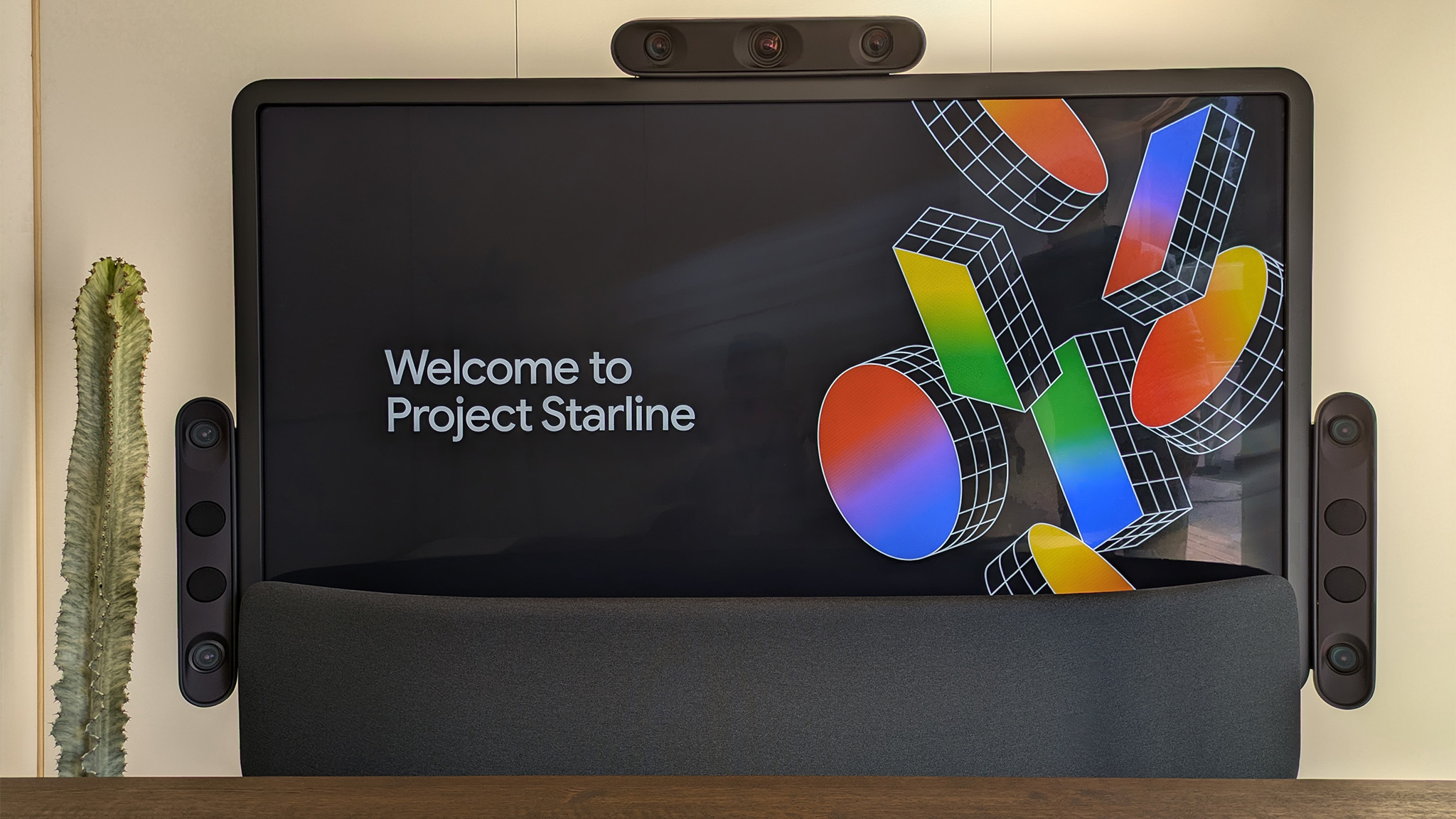
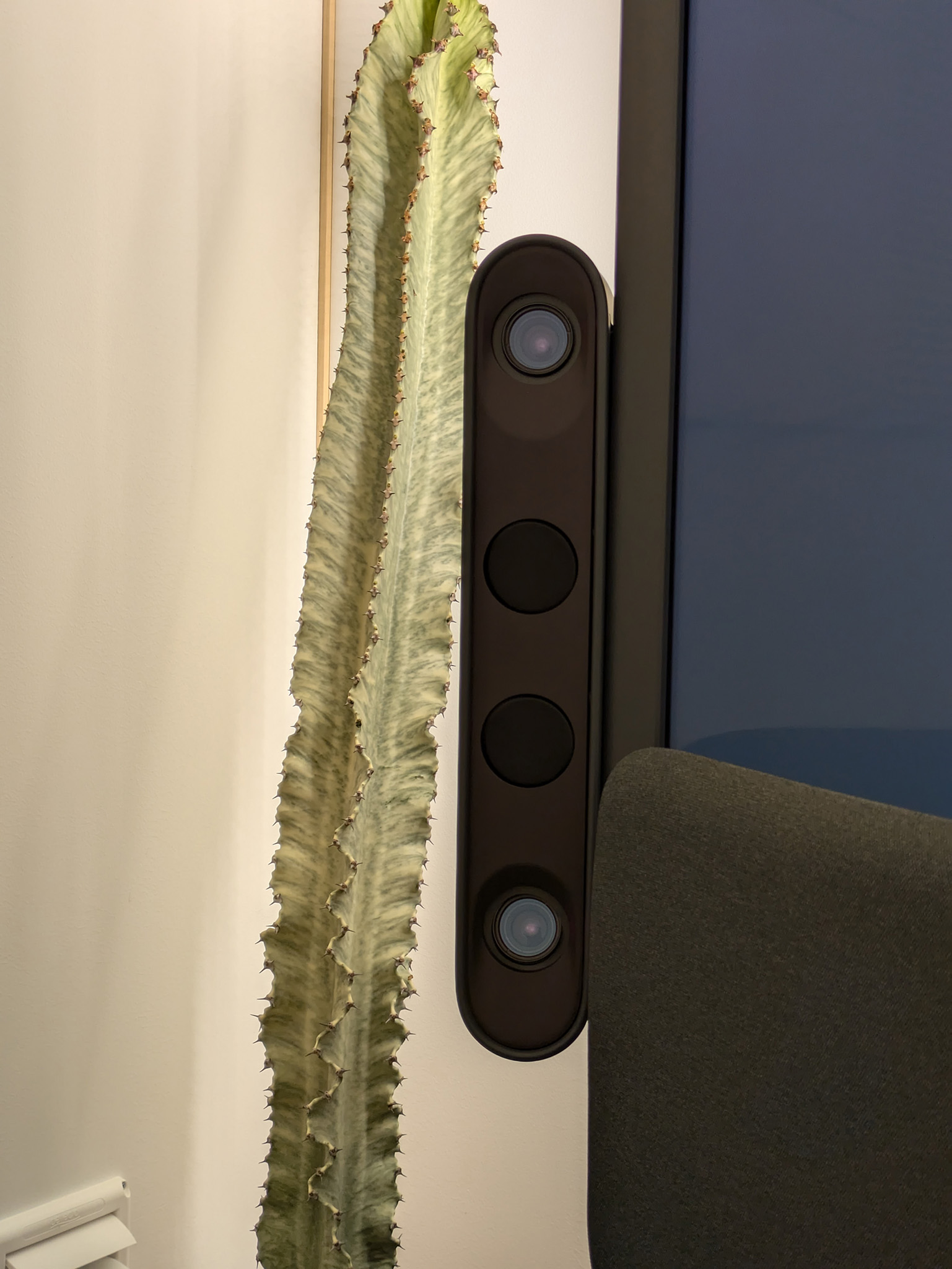
The company is also collaborating with HP to bring Google Beam devices to the market later this year. Google is also working with Zoom, Diversified, and AVI-SPL to bring Google Beam to more people across the globe who use these platforms daily.
Lastly, the company hasn't revealed any pricing details yet, but it's likely that bigger companies like the ones mentioned above get first dibs on the software.

Nandika Ravi is an Editor for Android Central. Based in Toronto, after rocking the news scene as a Multimedia Reporter and Editor at Rogers Sports and Media, she now brings her expertise into the Tech ecosystem. When not breaking tech news, you can catch her sipping coffee at cozy cafes, exploring new trails with her boxer dog, or leveling up in the gaming universe.
You must confirm your public display name before commenting
Please logout and then login again, you will then be prompted to enter your display name.
